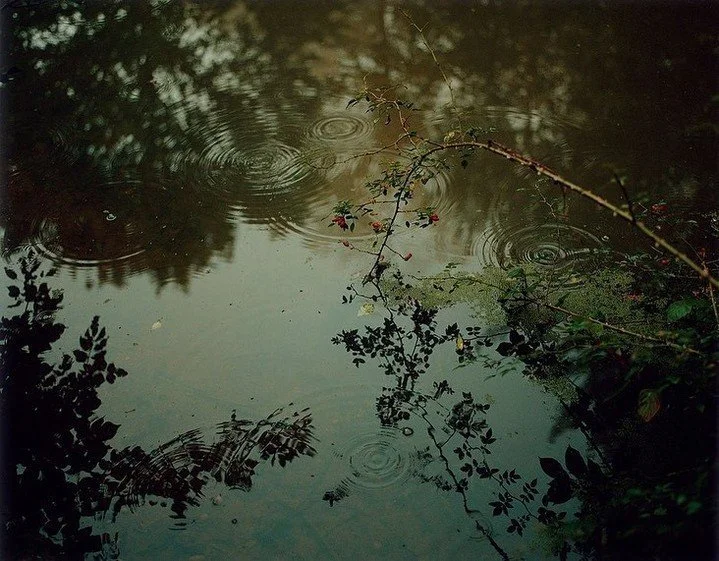Restoring the land, reimagining water access
For over 60 years, the land that is now home to The ARK was used as pasture for cattle. Once deforested and depleted, it was waiting for the right moment to return to life. That moment began with us.
Creating The ARK was about inviting a community to become active stewards of the land, individuals inspired to revive its biodiversity, grow food, and co-create a thriving, edible jungle. It was a vision focused on regeneration, and water was a crucial part of it.
What many don’t realize is that despite Costa Rica’s abundant rainfall, access to potable water remains a major issue in rural areas. The extreme seasonality causes wells to overflow during the rainy season and dry up in the dry months. In Santa Teresa and neighboring villages, many families rely on water trucks, a costly and unsustainable solution that adds traffic and strain to fragile road systems.
Individual wells also come with serious environmental concerns:
They can lower the water table if overused.
They may dry up nearby streams and wetlands, affecting ecosystems.
They risk contamination from septic systems or agricultural runoff.
They promote fragmented water use, leading to long-term scarcity.
They weaken incentives to protect recharge zones and forests.
And importantly, they reinforce individualism over community care.
At The ARK, we believe regenerative projects must contribute to the well-being of the wider region. That’s why, instead of digging private wells, we partnered with other local projects and collaborated with the local ASADA (Administradoras de Sistemas de Acueductos y Alcantarillados) to build a shared water infrastructure. This new system provides The ARK with consistent access to clean water while also serving the neighboring village of San Isidro.
This is just one example of how we envision a new kind of development, one that uplifts the surrounding community, protects nature as a partner, and invests in sustainable, long-term impact for all of us who call this place home.
